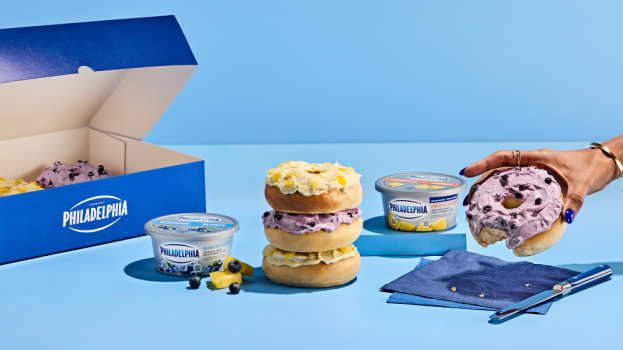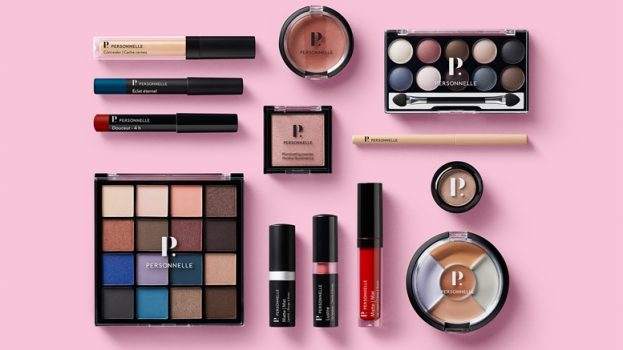 Clean living in the wake of the pandemic is shaking up the beverage space, with 66% of Canadian consumers now being more attentive to “natural” claims brands make.
Clean living in the wake of the pandemic is shaking up the beverage space, with 66% of Canadian consumers now being more attentive to “natural” claims brands make.
That’s according to FMCG Gurus’ latest insights, which also reveal that 41% of Canadian consumers are now more cognizant about the use of high quality ingredient claims as a result of COVID-19.
The numbers reveal that 64% of Canadians believe it is important that a beverage is 100% natural, and of these, 47% associate such products with being healthy.
Mike Hughes, FMCG Gurus’ head of research and insight, tells strategy the beverage space has long been driven by routine, inertia, price sensitivity and negative perceptions around carbonated drinks and sugar content in colas, fruit, and energy drinks.
Now, it’s trying to reposition itself to drive trust in a milieu of ways, of which, better-for-you considerations are more top-of-mind.
According to Hughes, contrary to predictions that people would have a better work/life balance working from home, consumption of energy drinks has actually increased thanks to a combination of pandemic-induced stress and sleep deprivation.
Previously positioned as providing a rush, brands are now messaging around being natural energy boosters, responding to a broader trend toward consumption moderation, and innovation being geared toward “free from” claims.
“You’ll never look at colas or energy drinks and say ‘that’s a healthy drink,’ but what they’ve done is reduced the guilt associated with consumption, through better-for-you formulations,” Hughes says.
Challenger plant based brand, Guru Energy, for example, boasts it provides “good energy” and in its OOH, that it is “100% Crap-Free!” It also recently formed a strategic partnership with Prana, a healthy snack brand that aligns with the energy drink brand’s “clean” ingredients.
RTD brands like White Claw and Social Lite have captured the attention of consumers interested in better-for-you beverage alcohol formulations as well, while hard seltzers, despite being in a mature category, exploded in the U.S. in 2017.
Hard seltzers blew up, Hughes says, by taking advantage of the lack of product innovation seen in beer (at least on the non-craft side). However, according to Hughes, the category is almost like Bitcoin in its divisiveness, with an equal number of boosters and detractors.
There are some signs of an implosion, Hughes says, citing as an example the maker of Samuel Adams and Twisted Tea, Boston Beer, and its October admission that the company decided to throw away an excess supply of Truly hard seltzer, instead of heavily discounting it, in response to a category-wide slowdown.
Hughes says the sector can at times struggle to find the right balance between better for you and taste appeal, and that when there’s information overload, these claims can lose their appeal.
If something tastes great, consumers will come back to it, and that should be a focus, first and foremost.
Hughes says brands can take inspiration from the protein market, which is aspirational rather than restrictive. Despite being something that has an upper ceiling in terms of how much of it we actually need, brands have taken advantage of using that as a value proposition, with protein as a lifestyle choice, that is also fun and energetic and part of a balanced and healthy lifestyle.
























